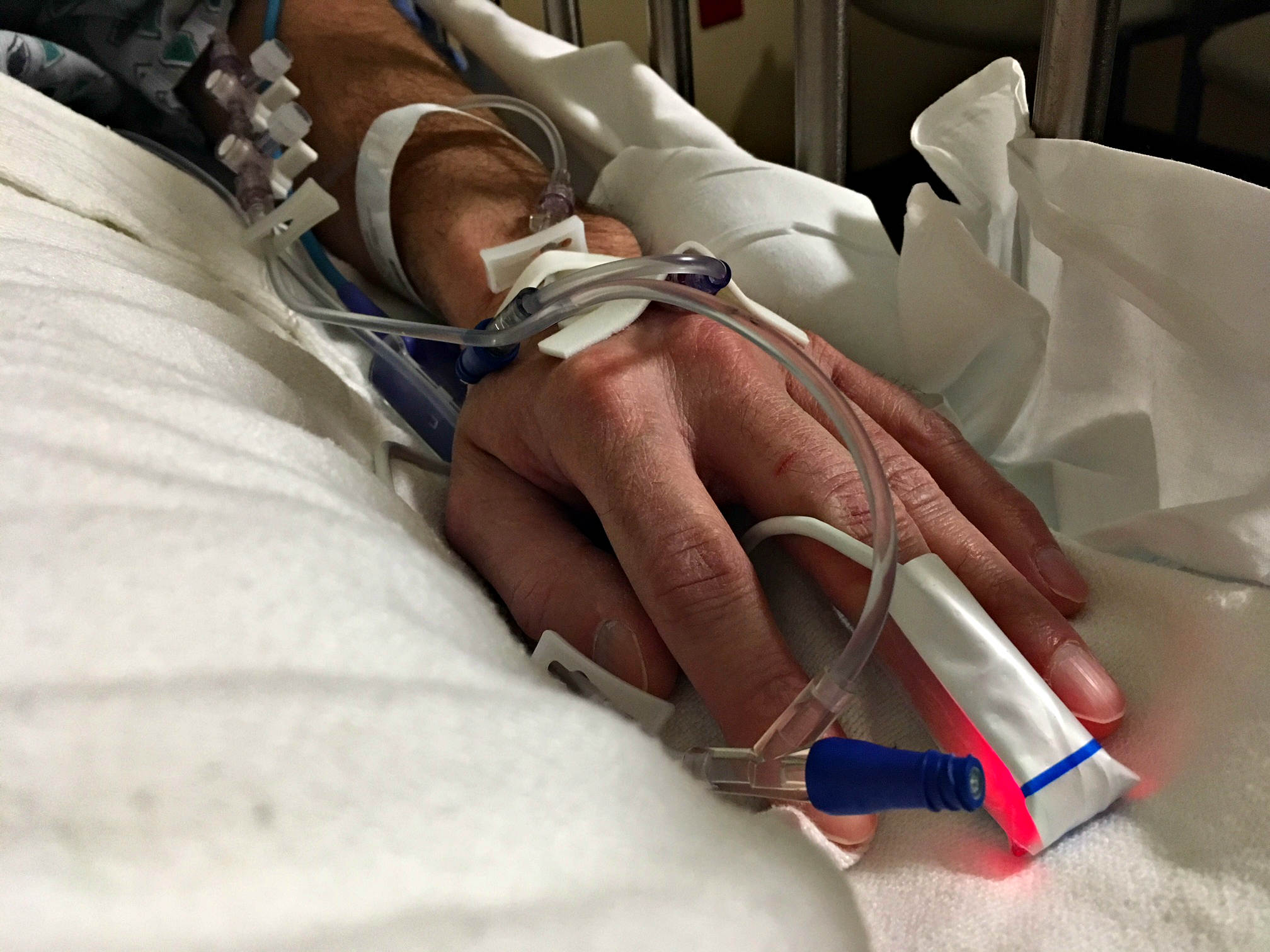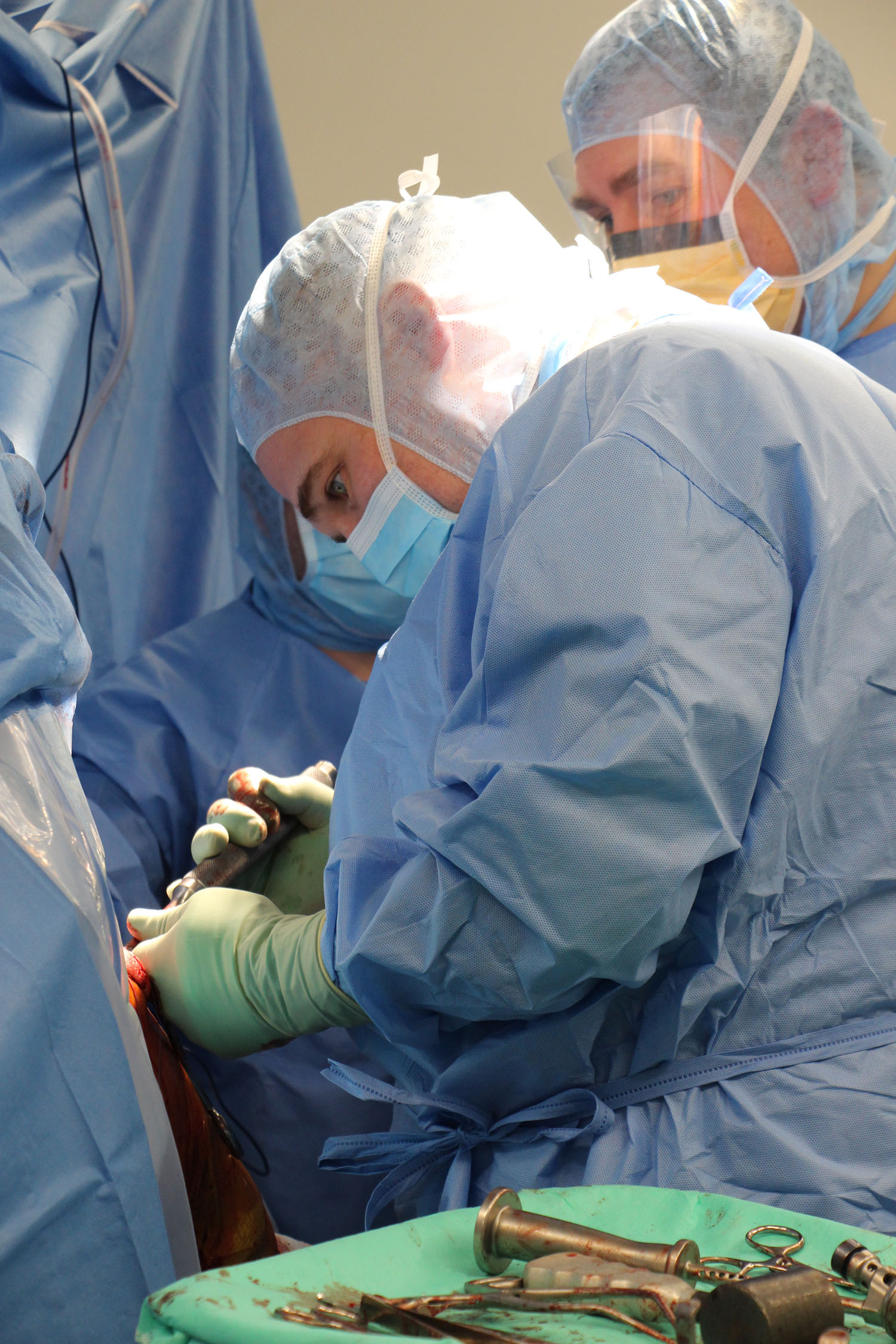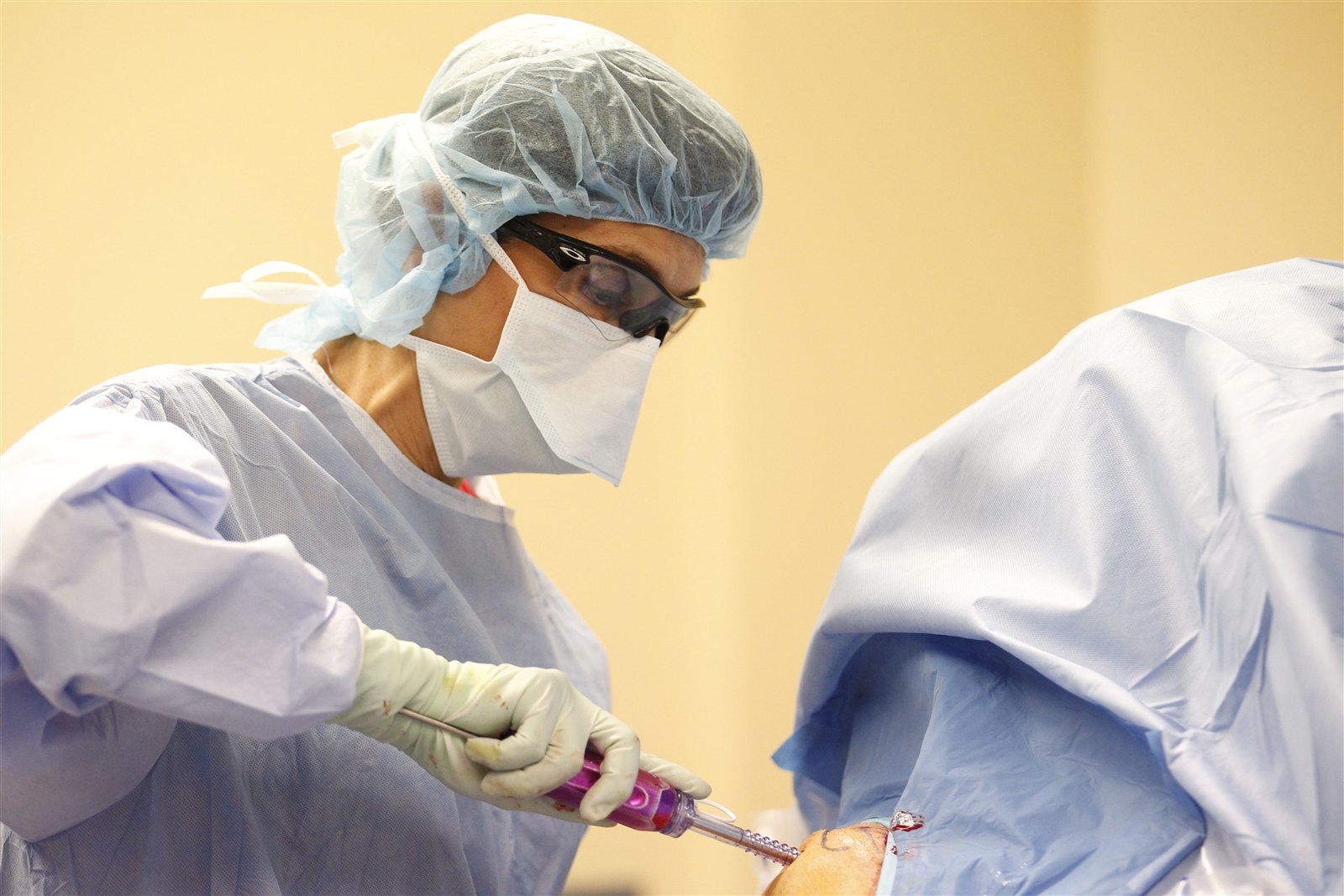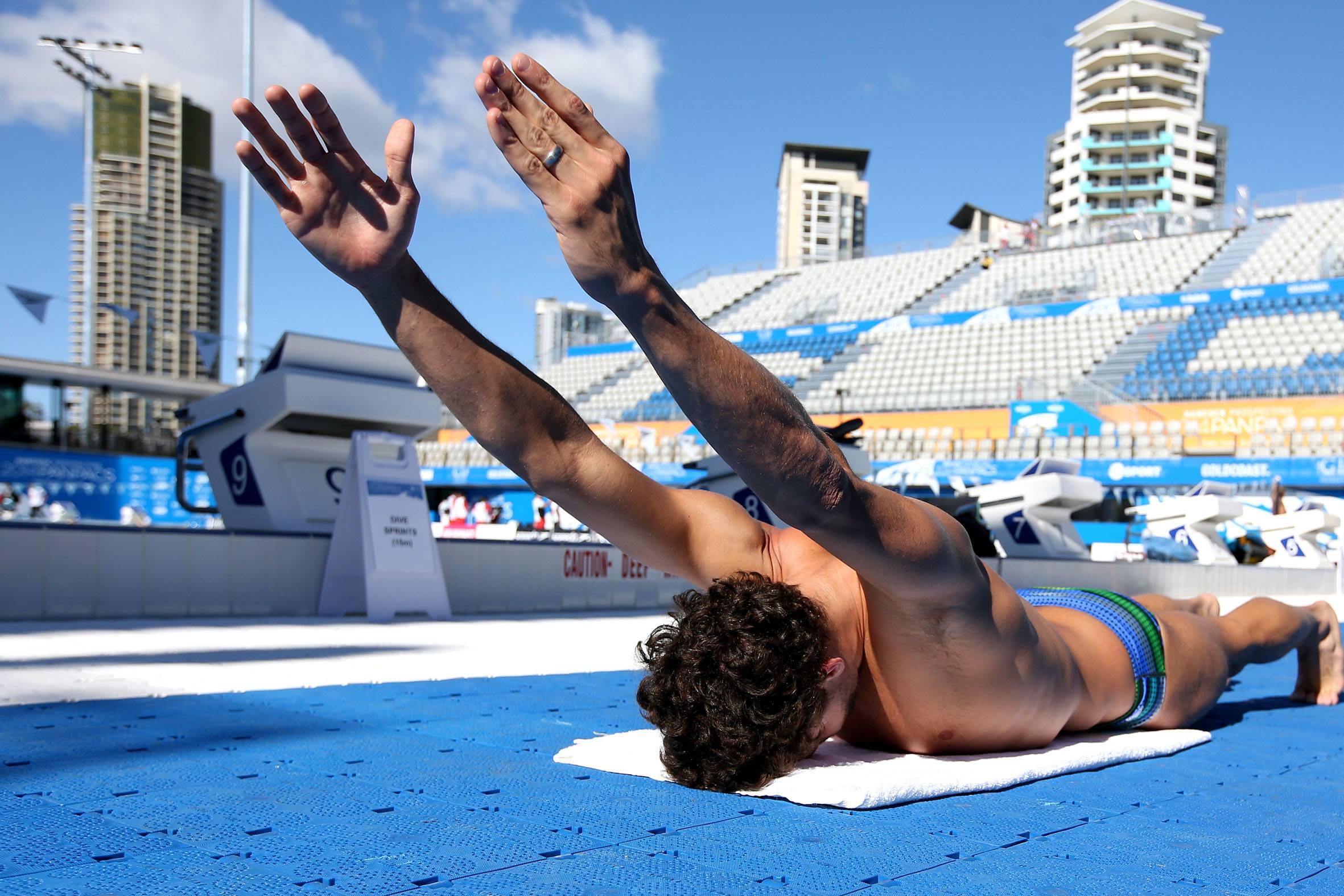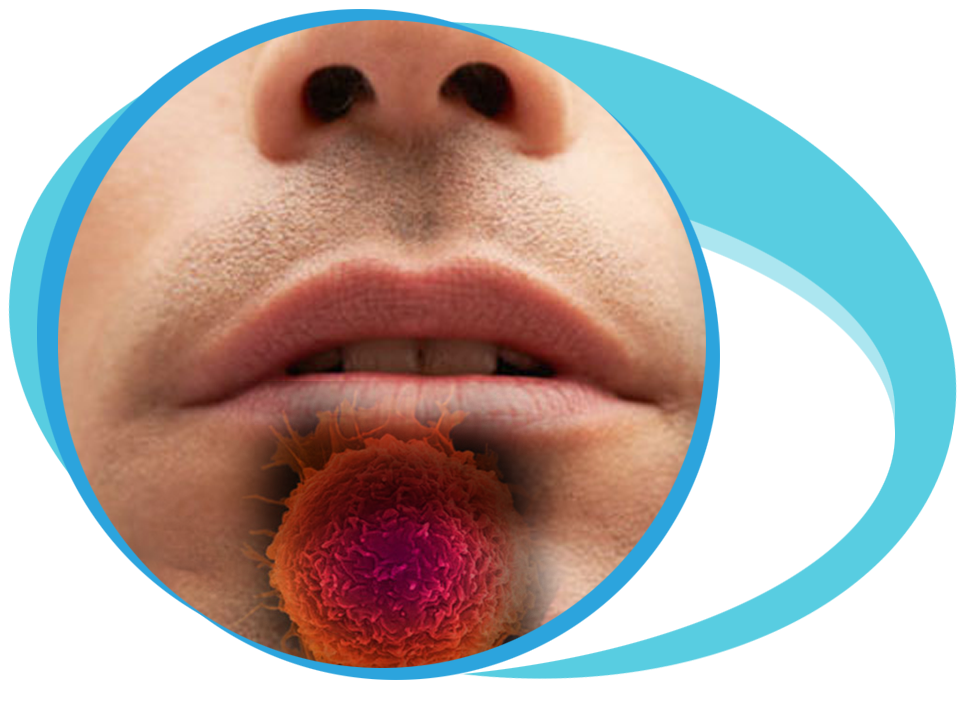Shoulder Surgery in Iran Details
What is Shoulder Joint?
Also referred to as a glenohumeral joint, Shoulder Joint is a ball and socket joint similar to the hip joint and has the highest mobility other than any of the body joints.
It consists of three bones- the scapula (shoulder blade), the clavicle (upper arm bone) and the humerus (collarbone).
While scapula is the large triangular bone, on the backside of the upper body, the clavicle fixes the shoulder to the rib cage.
The humerus is a ball-like a shape which fits into the glenoid socket and embraced by the rotator cuff muscles.
Are You A Candidate for Shoulder Joint Replacement?
There are several reasons due to which your doctor may recommend you undergo shoulder replacement surgery.
People who are recommended with shoulder replacement surgery often suffer from:
- Severe shoulder pain that often hurdles the day to day activities such as bathing, washing, toileting, and dressing.
- Perpetual pain while sleeping. Such pain is enough to prevent you from a good night’s sleep.
- Severe weakness in the shoulder joint and loss of motion
- The subsequent failure of medical treatment, such as anti-inflammatory medicines, cortisone injections, and physiotherapy.
Treatment Options for Shoulder Surgery and Injuries
From minimally invasive surgical techniques to non-surgical treatment options, the orthopedic physician will take an expert decision to treat the broad range of Shoulder Conditions & Treatments that can occur at any stage of life.
Depending upon your condition and proper diagnosis has been made, through CT scans, X-rays and MRI, the surgeon will recommend you the following four treatments.
There are several options available for Shoulder surgery.
Although they are not as common as knee or hip replacement, they are equally successful in relieving shoulder pain.
Shoulder Replacement
When the shoulder joint is diseased enough that it fails to respond to the appropriate medications, the last option available is the shoulder joint replacement with a prosthetic joint.
This particular surgery is recommended to increase motion and repair painful arthritic shoulders.
There are two types of Shoulder Replacement Total and Partial.
Total Shoulder Replacement Surgery
Also known as Total Shoulder Arthroplasty, the Total Shoulder Replacement Surgery is a surgical procedure wherein the intention is to reduce the joint pain and improved the motion function in patients suffering from a variety of arthritic conditions.
In this type of surgery, both sides of the joint are replaced, which include the humeral head and the glenoid.
Partial Shoulder Replacement Surgery
A Partial Shoulder Replacement Surgery is recommended if the patient has suffered from a traumatic shoulder injury or arthritis.
It is used when the glenoid socket is intact and is not touched.
However, the humeral head is replaced with the synthetic one.
Since only the ball part of the shoulder is replaced, the procedure requires smaller incisions and removal of less bone.
Rotator Cuff
The most common cause of pain and disability in the shoulders of the adult is Rotator cuff tear.
Rotator cuff surgery has been designed to lessen the shoulder pain by repairing the rotator cuff.
When the tissues around the shoulder joint get damaged, the rotator cuff surgery is used to repair the tissues of an injured shoulder.
This type of surgery is performed depending on the size, shape, and location of the tear.
If there is a partial tear, you may undergo a smoothing procedure called debridement.
The other rotator cuff treatment options include limited overhead activity, use of a sling, anti-inflammatory medication, steroid injection, and physical therapy.
Shoulder Arthroscopy
May time the shoulder surgery can be performed with a few small incisions, with the help of the arthroscope.
Most of the time’s rotator cuff tears are repaired with the aid of the arthroscope.
The surgeon uses the arthroscope to visualize the internal parts of the joint.
A camera is fixed at the end of the arthroscope, and a very bright fiber optic is attached to the video monitor in the operating room, allowing a surgeon to glimpse the inside of the shoulder joint.
Shoulder Surgery Benefits & Post Care
From all the surgical shoulder replacement procedures, the one single benefit that you derive is improved mobility, flexibility, and elimination of pain in the shoulder joint.
However, in Iran, the major benefit is lower cost treatment, advanced infrastructure, and state of the art equipment.
- The minimally invasive surgery will allow faster healing when compared to more severe surgeries.
- Arthroscopy allows fewer scars and scar tissues so that you can have improved movement in your arm and shoulder.
- Patient’s arm and shoulder recuperate faster when compared to living with the damage or inflammation that was hindering it.
- Arthroscopic procedures cause minimal blood loss. This allows for less bruising and pain during recovery.
After Shoulder Replacement Surgery, you are required to wear an arm sling for a few days.
The arm movement will depend upon the specific instructions given by the doctors.
Following the surgery, most physicians will start some light physiotherapy which includes pain management and rehabilitation.
In 2 to 3 months, a patient will get back to the normal routine activities.
Cost of Shoulder Disorder Treatment
The cost of a normal shoulder Arthroscopy procedure is around $20,000 in the U.S.A while the same is 1/5th of the total amount in Iran.
The cost of a total shoulder implant depends on the type of implant used, including total and reverse shoulder surgical approach.
To know more about Shoulder Surgery keep browsing our site Med Persia and to book a medical tour to Iran please fill the given form.


